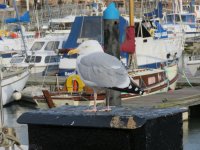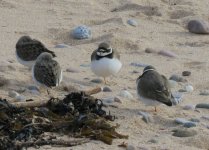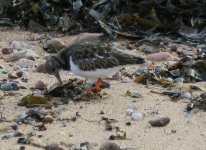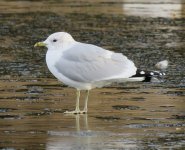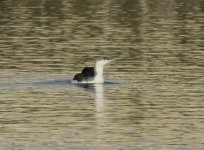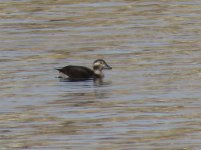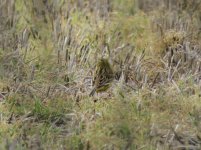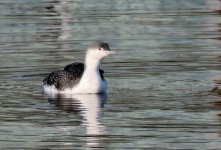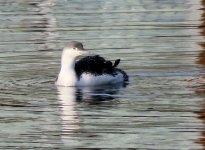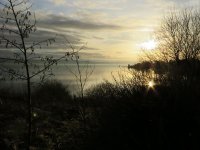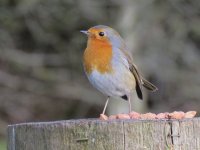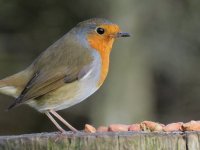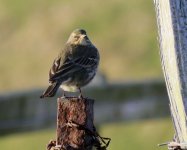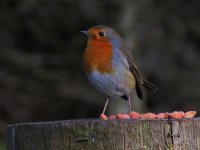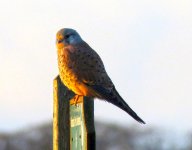CalvinFold
Well-known member
More photos from my latest photography outing are trickling into my gallery starting today.
I accidentally left the "Safety" feature on so when I set an ISO it didn't like, it moved the shutter speed (despite being in Tv!), so my plan to test ISO settings failed. I was thankful I had at least forced the camera's hand by limiting ISO to 400. Honestly, the camera does just fine for daylight photos, even fairly gloomy overcast, in the 100-200 ISO range, even with -2/3 EV and 1/640 shutter speed.
I did however get one photo that I "shouldn't be able to get"...overcast, low lighting, white bird (egret). Oddly, it chose ISO 200, which along with a -1/3 EV was just about perfect. Yet I've seen broad-daylight shots where it tries to use ISO 400, so it's really unpredictable.
The more I learn to squeeze better data out of the camera, the more I'm enjoying it. It really is taking much better photos at 50-70m distance than my digiscoping setup did...and handheld.
My usual disclaimer: I do adjust my photos in post-processing. So I shoot in a technique similar to ETTR...the photos sometimes are just "okay" or even over-dark straight off the camera. I just changed my workflow to start with Adobe Camera RAW (ACR), because despite the fact that I shoot in JPEG, the controls are much more robust and easy to use (and I save them as DNG files). I then finalize the cropping, resizing, and sharpening in Photoshop. I don't shoot RAW because I need the burst speed and 99.99% of my photos go here on the forums.
I accidentally left the "Safety" feature on so when I set an ISO it didn't like, it moved the shutter speed (despite being in Tv!), so my plan to test ISO settings failed. I was thankful I had at least forced the camera's hand by limiting ISO to 400. Honestly, the camera does just fine for daylight photos, even fairly gloomy overcast, in the 100-200 ISO range, even with -2/3 EV and 1/640 shutter speed.
I did however get one photo that I "shouldn't be able to get"...overcast, low lighting, white bird (egret). Oddly, it chose ISO 200, which along with a -1/3 EV was just about perfect. Yet I've seen broad-daylight shots where it tries to use ISO 400, so it's really unpredictable.
The more I learn to squeeze better data out of the camera, the more I'm enjoying it. It really is taking much better photos at 50-70m distance than my digiscoping setup did...and handheld.
My usual disclaimer: I do adjust my photos in post-processing. So I shoot in a technique similar to ETTR...the photos sometimes are just "okay" or even over-dark straight off the camera. I just changed my workflow to start with Adobe Camera RAW (ACR), because despite the fact that I shoot in JPEG, the controls are much more robust and easy to use (and I save them as DNG files). I then finalize the cropping, resizing, and sharpening in Photoshop. I don't shoot RAW because I need the burst speed and 99.99% of my photos go here on the forums.




